If you’re a business owner, or in marketing or advertising you know that having great images of your products and services is critical to your success. But what does it take to produce great commercial photography?
In this blog post, we’ll outline everything you need to know about commercial photography.
We’ll cover topics such as why you should hire a pro, what to expect from your session, and how to choose the right photographer for your needs.
So whether you’re just looking for commercial photography tips or are wanting to refresh your branding, read on for all the info you need!
What is a Commercial Photographer?
A commercial photographer is a professional who specializes in taking photographs of products, services, and people for businesses.
Commercial photography is used to sell or promote a product, service, or person. It can be used for marketing purposes, such as in ads or brochures, or for more general purposes, such as in company newsletters or on websites.
Related: Why Hire a Commercial Photographer

What is the Purpose of Commercial Photography?
As mentioned above the purpose of the commercial photography industry is to sell or promote a product, service, or person. This type of photography can be used for marketing purposes, such as in ads or brochures, or more general purposes, such as in company newsletters or on websites.
Commercial photography is often used to sell products. For example, if you own a furniture store, you might hire a commercial photographer to take pictures of your furniture for your website or brochure. The photographer would likely use special lighting and angles to make the furniture look its best.
People can also be the subject of commercial photography. For example, if you’re a headshot photographer, you specialize in taking photos of people that businesses can use for their marketing materials. Headshots are often used on websites, in brochures, and in other promotional materials.
How to Prepare for Commercial Photography Shoots
When you hire a commercial photographer, you’ll likely have a photo shoot. This is when the photographer comes to your business to take photos. It’s important to be prepared for your shoot and to know what to expect.
First, be sure to clear out any clutter from the shooting area. The photographer will need a clean space to work in, and you don’t want your products or services to be overshadowed by messy surroundings.
Next, make sure you have all the necessary props for the shoot. If you’re selling products, be sure to have them clean and ready to go. If you’re taking photos of people, be sure they’re well-groomed and dressed appropriately.
Finally, be prepared to give the photographer some direction. It’s helpful to have an idea of what kind of photos you want before the shoot. That way, you can communicate your vision to the photographer and make sure you get the results you’re looking for.
How Much do Commercial Photographers Make?
Commercial photographers make a variety of salaries, depending on their experience, the type of photography they do, and the size of the company they work for.
There is a wide range of salaries. The US salary average is $67,781 per year. With the range being all the way up to $348,000 per year.
Check out this statistic:
The salaries of Commercial Photographers in the US range from $13,167 to $348,396 , with a median salary of $62,902 . The middle 57% of Commercial Photographers makes between $62,902 and $157,970, with the top 86% making $348,396.
https://www.comparably.com/salaries/salaries-for-commercial-photographer
How Much should Commercial Photography Cost?
When pricing out commercial photography, it’s important to remember that you are purchasing both a service and a product. You need to consider the time and effort required for each shoot, as well as the cost of the equipment and supplies. It’s also important to factor in your overhead costs, such as studio rent or talent.
Most photographers charge by the hour, with rates ranging from $75 to $1000 per hour. Others charge by the project, with rates typically ranging from $500 to $40,000 per project. Some photographers also offer package deals that include a certain number of hours or projects for a discounted rate.
When pricing out different photographers, it’s important to know what you are getting. Different companies offer different levels of service and that correlates with price.
Good commercial photography is generally not cheap. And neither are most good things for that matter.
Types of Commercial Photography
There are several different types of commercial photography, each with its own unique set of skills and techniques.
A commercial photography business might specialize in one or all of these types of photography services.
Below, we will explore the most common types of the commercial photography genre:
Food Photography
Food photography is a specialized type of commercial photography that is used to make images of food for use in advertising and other marketing materials.
Portrait Photography
Portrait photography is a type of commercial photography that is used to capture photos of people for use in advertising and other marketing materials.
Real Estate Photography
Real estate photography is a type of commercial photography that is used to capture images of buildings and properties for use in advertising and other marketing materials.
Architectural Photography
Architectural photography is a type of commercial photography that is used to create images of buildings and other structures for use in advertising, online portfolio, and other marketing materials.
This type of photography requires a deep understanding of perspective and lighting techniques, as well as a keen eye for detail. It consists of residential, institutional, industrial, and commercial architectural photography.
Lifestyle Photography
Lifestyle photography is a type of commercial photography that consists of people in natural settings for use in advertising and other marketing materials. This type of photography requires a mastery of composition and lighting techniques, as well as a deep understanding of human psychology.
Lifestyle photographers must be able to create photos that evoke emotion and tell a story.
Industrial Photography
Industrial photography is a type of commercial photography that is comprised of industrial facilities and equipment for use in advertising and other marketing materials.
Industrial photographers must also be familiar with the safety hazards associated with industrial facilities. Industrial photographers must be able to work in adverse environments.
Construction Photography
Construction photography is a type of photography that is mostly of construction sites and equipment for use in advertising and other marketing materials.
Construction photographers must also be familiar with the safety hazards associated with construction sites.
Fashion Photography
Fashion photography is a type of photography that is used for images of clothing and accessories for use in advertising and other marketing materials.
Corporate Photography
Corporate photography is a type of photography that is used to produce images of businesses and their employees for use in advertising and other marketing materials.
Product Photography
Product photography is a type of photography that is used to create images of products for use in advertising and other marketing materials.
Event Photography
Event photography is the process of capturing photos of a live event. This could be a concert, a business conference, or even a sporting event.
What Does the Commercial Use of Photos Mean?
The commercial use of photos generally refers to the use of photographs for business purposes. This can include using photos on a company website, in marketing materials, or advertisements.
There are a few things to keep in mind if you’re considering using your photos for commercial purposes.
First, you’ll need to make sure that you have the rights to the photo. This means that you either took the photo yourself, or you have obtained permission from the copyright holder to use the photo.
Second, you’ll need to make sure that the photo is of high enough quality to be used commercially. This means that it should be well-lit, in focus, and free of any distracting elements.
Finally, you’ll need to make sure that you’re not using the photo in a way that could be considered misleading or deceptive. For example, you shouldn’t use a photo of a product in your advertisement if the product doesn’t look like the photo.
If you’re not sure whether your photo meets the requirements for commercial use, you can always ask a professional photographer for their opinion. They’ll be able to give you an idea of whether the photo is suitable for commercial use, and they may even be able to offer suggestions on how to improve it.
In general, the commercial use of photos is a great way to add professionalism and flair to your business. Just make sure that you have the rights to the photo, and that it meets the required quality standards.
The Difference between Commercial Photography and Advertising Photography
Commercial photography is typically used to capture and document a product or service for use in a commercial setting, such as in an online store or an advertising campaign.
Advertising photography, on the other hand, is typically used to create images that will be used in an advertisement.
There are a few key differences between commercial and advertising photography. Commercial photography typically documents a product or service, while advertising photography creates an image to sell a product or service.
Additionally, advertising photography often uses models and props to create a visually appealing image, while the former is more focused on capturing the product or service in its natural environment.
Finally, advertising photography is typically shot in a studio setting, while commercial photography is more likely to be shot on location.
What is the Difference between Commercial and Editorial Photography?
Commercial photography focuses on images that will sell or promote a product or service, while editorial photography focuses on images that tell a story or convey a message.
Commercial photography is all about creating images that will help to sell a product or service. This means that the images need to be eye-catching and visually appealing. They also need to be well composed and technically perfect.
Editorial photography, on the other hand, is more about telling a story or conveying a message. The images do not necessarily need to be polished, but they should be evocative and expressive.
Tips for Commercial Photography
When it comes to photography, certain things make a good photo. The most important factor is composition.
A good photo has a well-composed subject that is framed interestingly. Lighting is also key – good lighting can make or break a photo.
Finally, post-processing can be used to enhance the photo and make it more visually appealing.
Here are some tips for taking great commercial photos:
Compose your subject in an interesting way
Try to avoid centering your subject in the frame. Instead, use the rule of thirds or other creative compositional techniques.
Pay attention to lighting
Good lighting can make a huge difference in the quality of your photos.
Use post-processing to enhance your photos
Don’t be afraid to experiment with different editing techniques.
Make sure your photos are technically sound
This means paying attention to things like focus, exposure, and white balance.
Take your time
Photography is all about getting the perfect shot, so don’t rush it. You are always better to be efficient. Slow equals fast in commercial work.
4 Commercial Photography Examples
Commercial photographers create a form of art that captures the essence of a product or service to promote it to consumers.
It requires creative and technical skills to produce an image that will make people want to buy what’s being sold.
The following are four examples of commercial photographs from my online portfolio that were successful in capturing the attention of consumers.
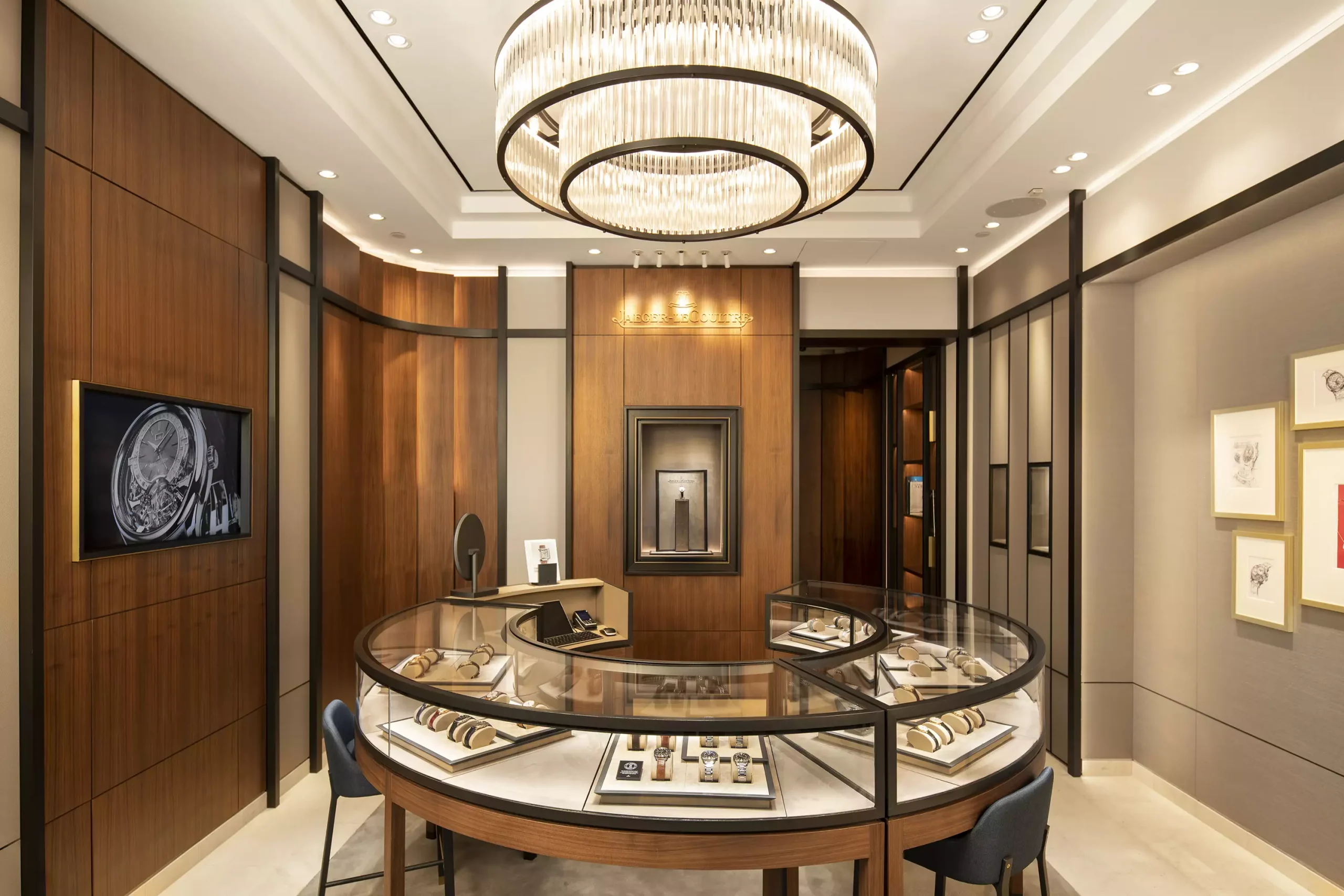
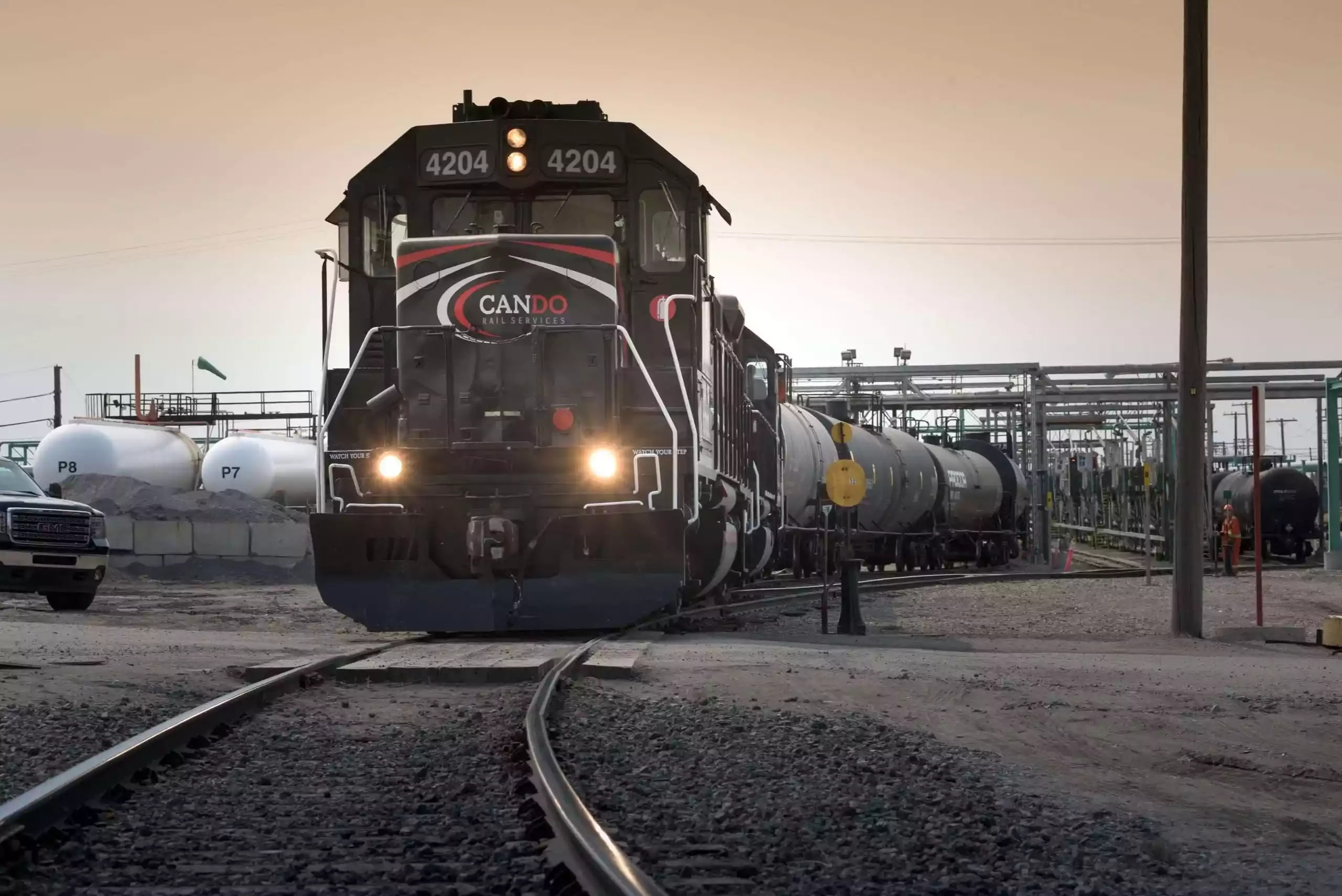
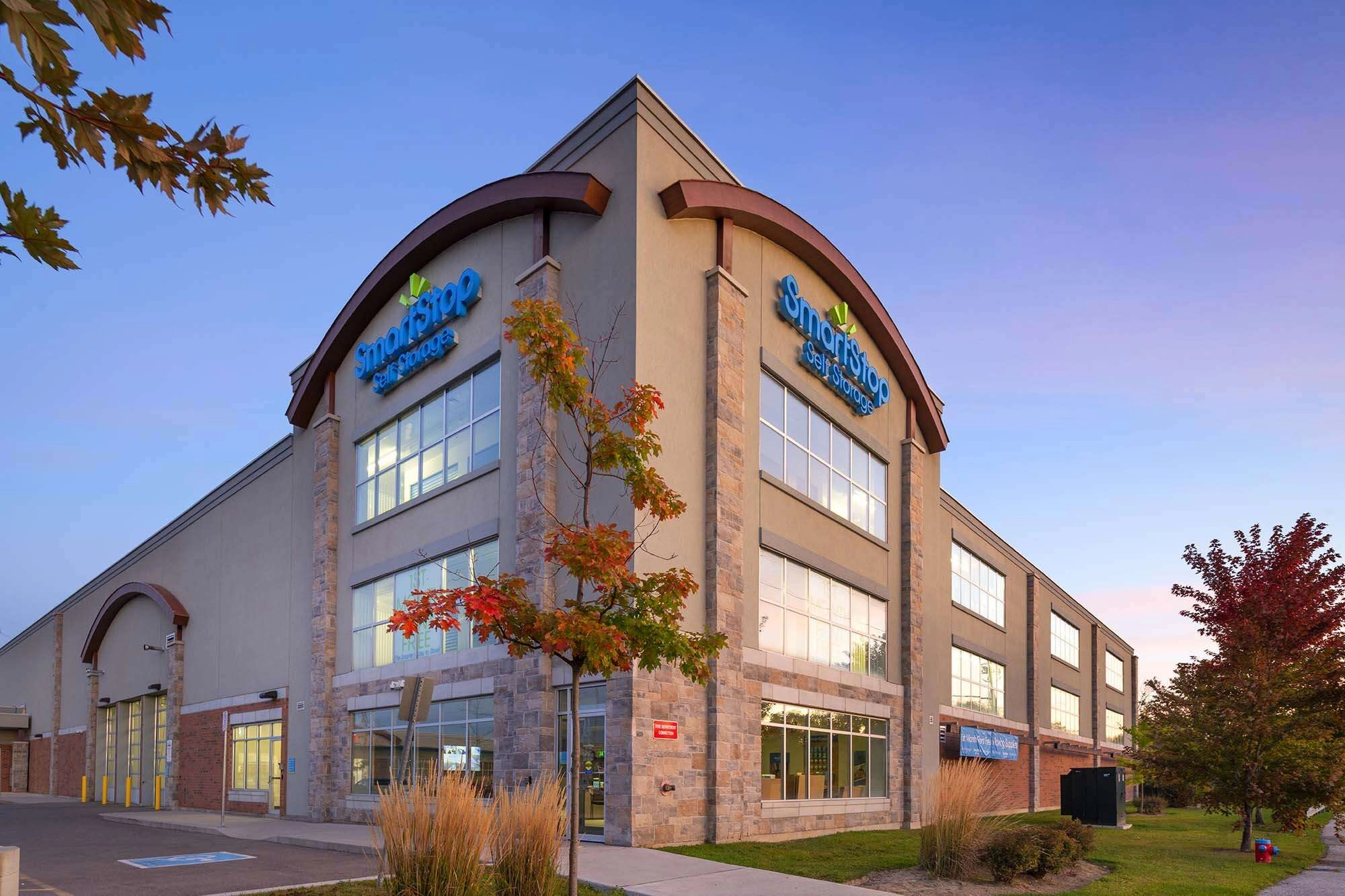

How Can I Become a Commercial Photographer?
There is no one-size-fits-all answer to this question, as the best way to become a professional photographer may vary depending on your location, experience, and other factors.
However, some tips on becoming a commercial photographer include studying photography at a college or university, interning with a professional photographer, and participating in workshops and community events.
Additionally, it is important to have a strong commercial photography portfolio that showcases your unique style and skills.
Finally, networking with other professionals in the field can help you get your foot in the door and land photography gigs.
Conclusion
Commercial photography is all about capturing the perfect shot, and it takes a lot of skill and creativity to produce images that will make people want to buy what’s being sold.
In this article, we’ve looked at some tips for taking great commercial photos and showcased four examples of successful commercial photographs.
If you’re interested in becoming a commercial photographer, there are a few things you can do to get started, including studying photography, interning with a professional photographer, and networking with other professionals. If you are looking to run a successful commercial photography business click here.
Thanks for reading! We hope this article has been helpful.
If you enjoyed it, please share it with your friends or leave us a comment below at the bottom of the page!

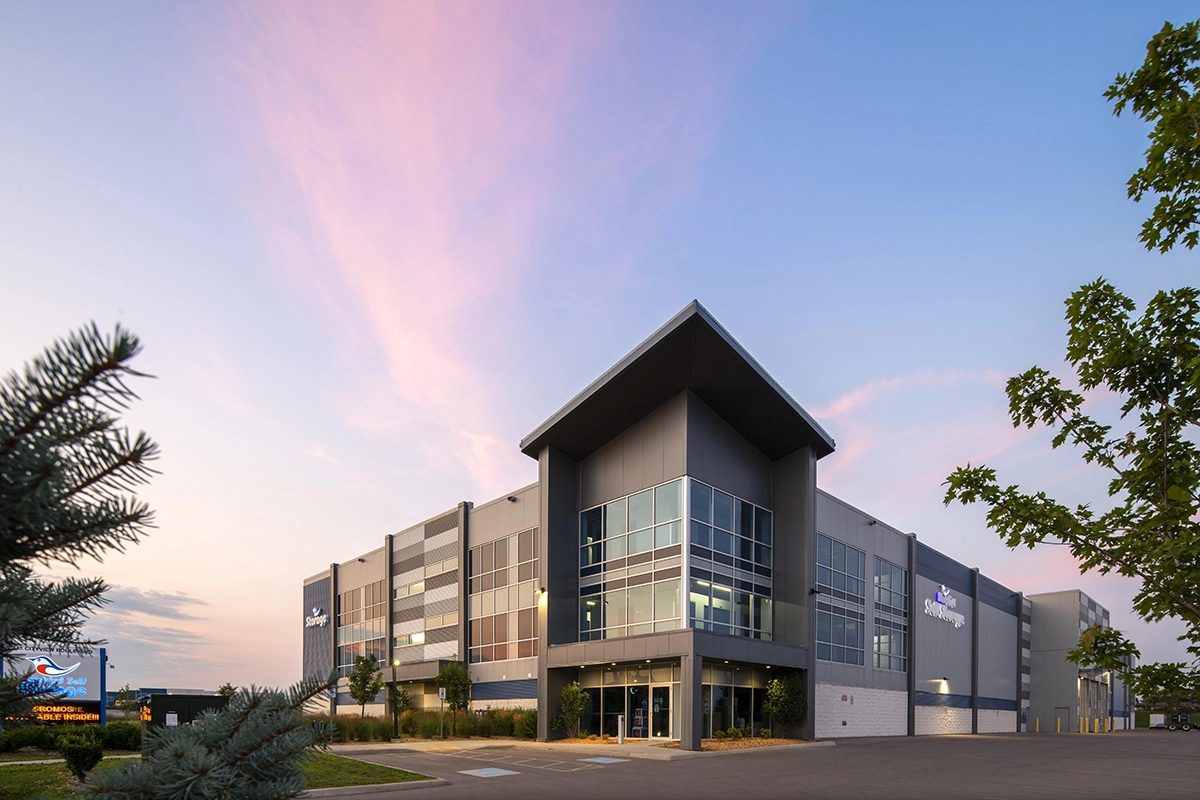


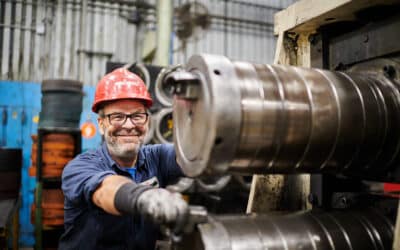



0 Comments